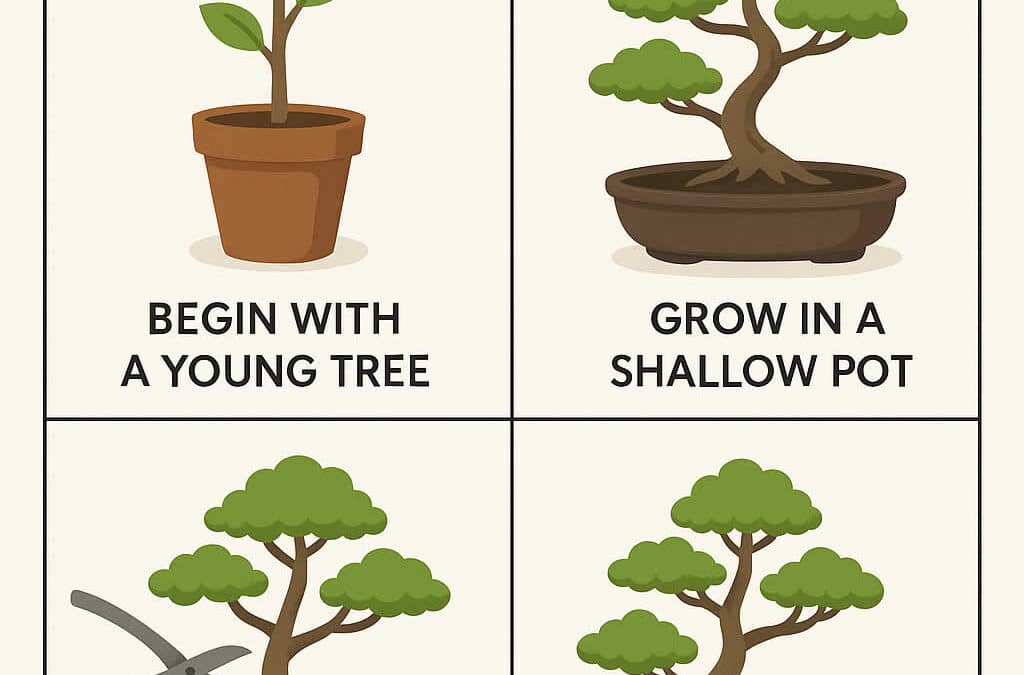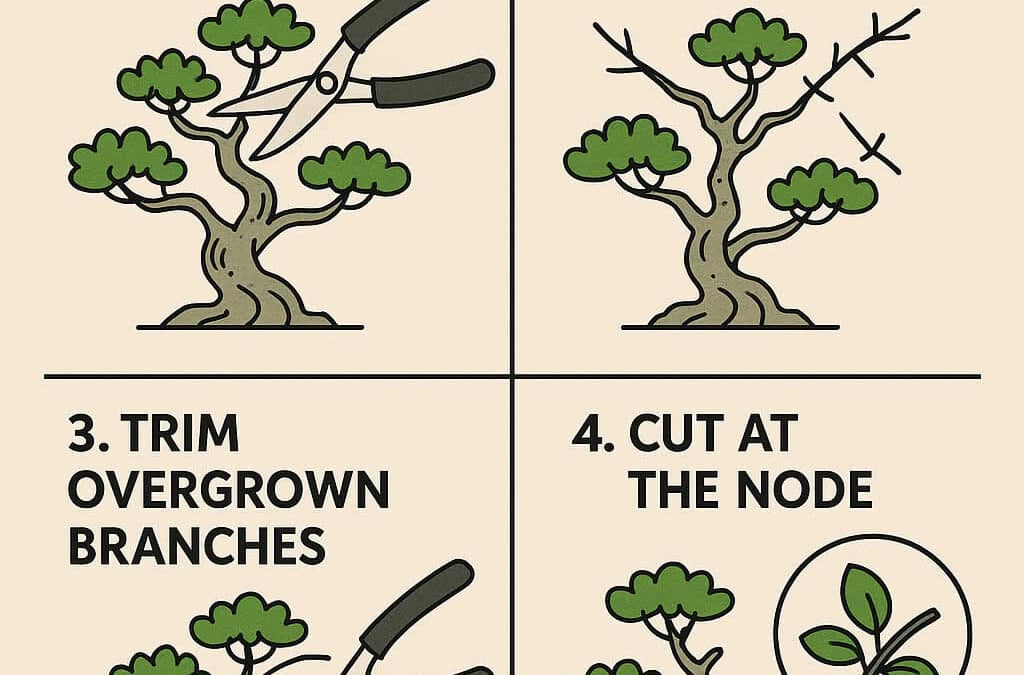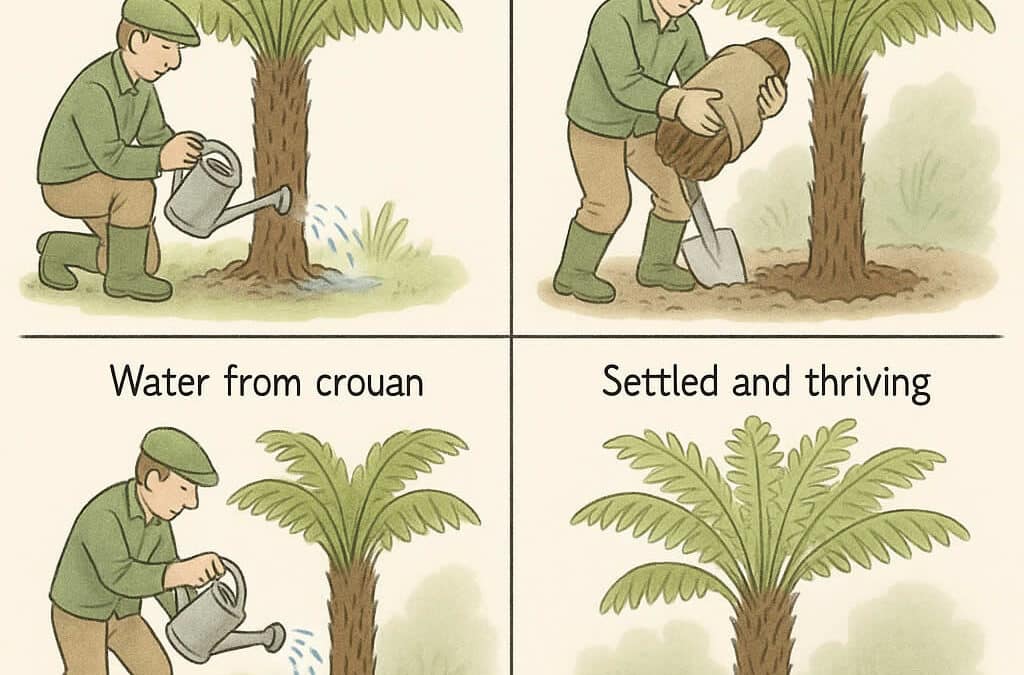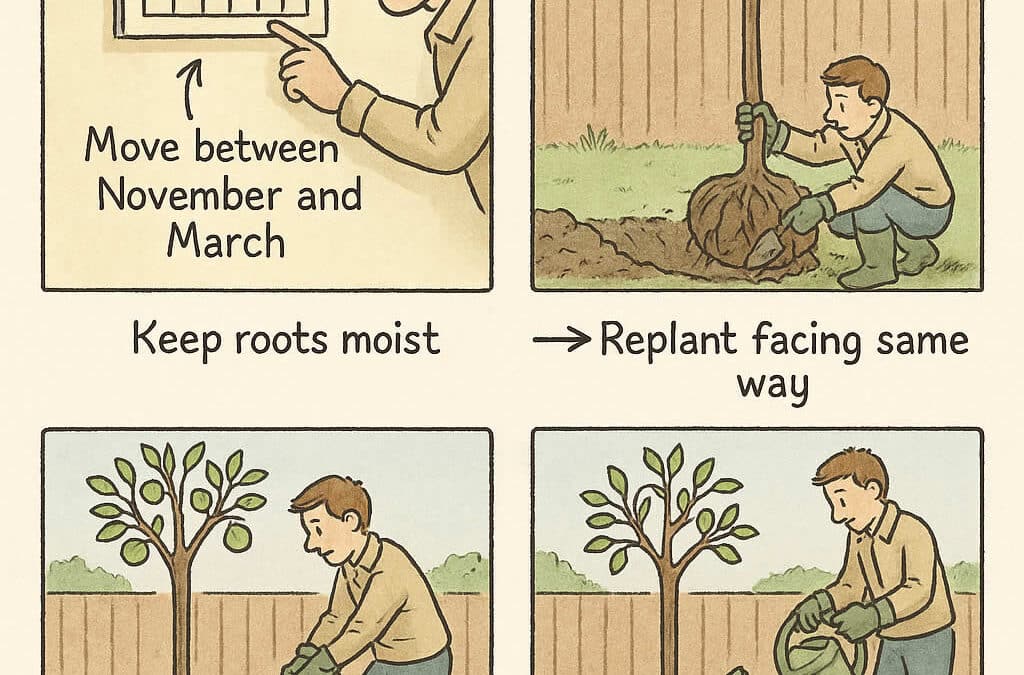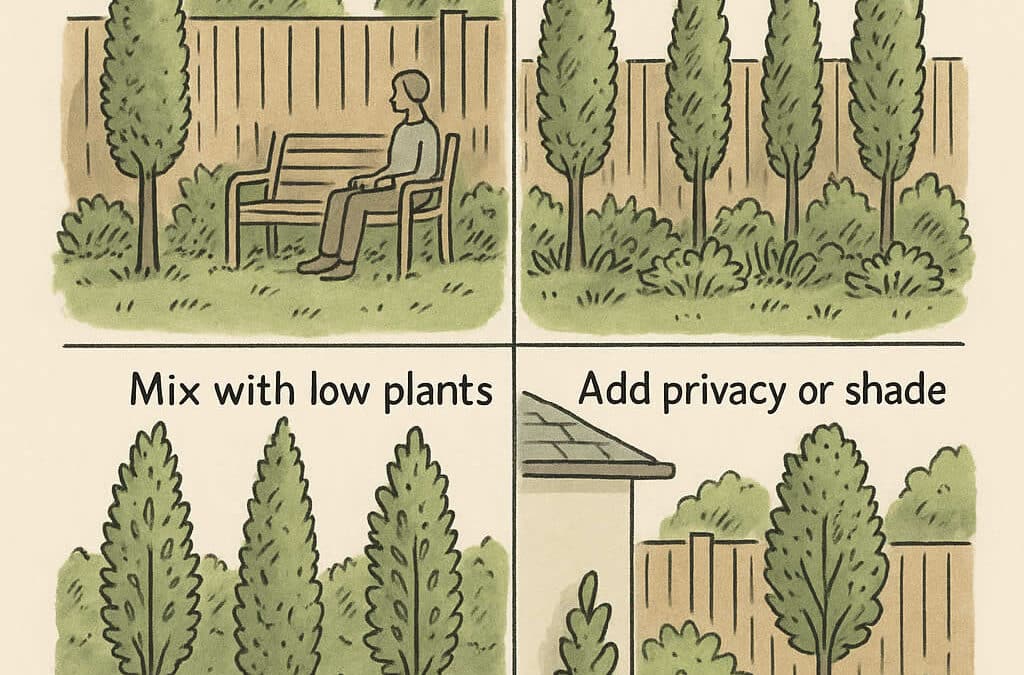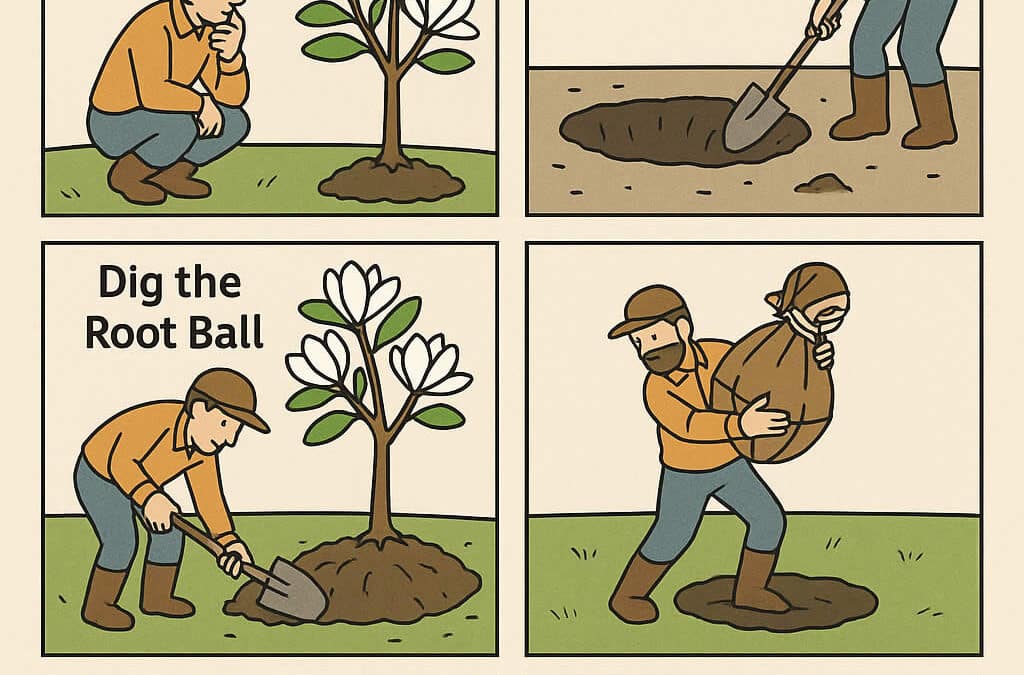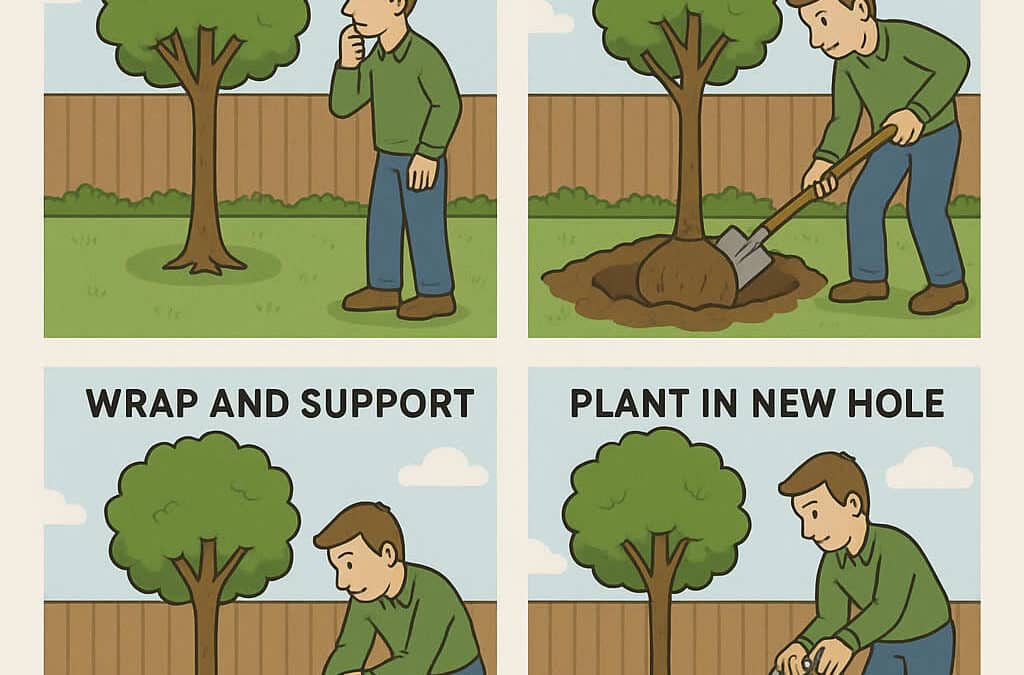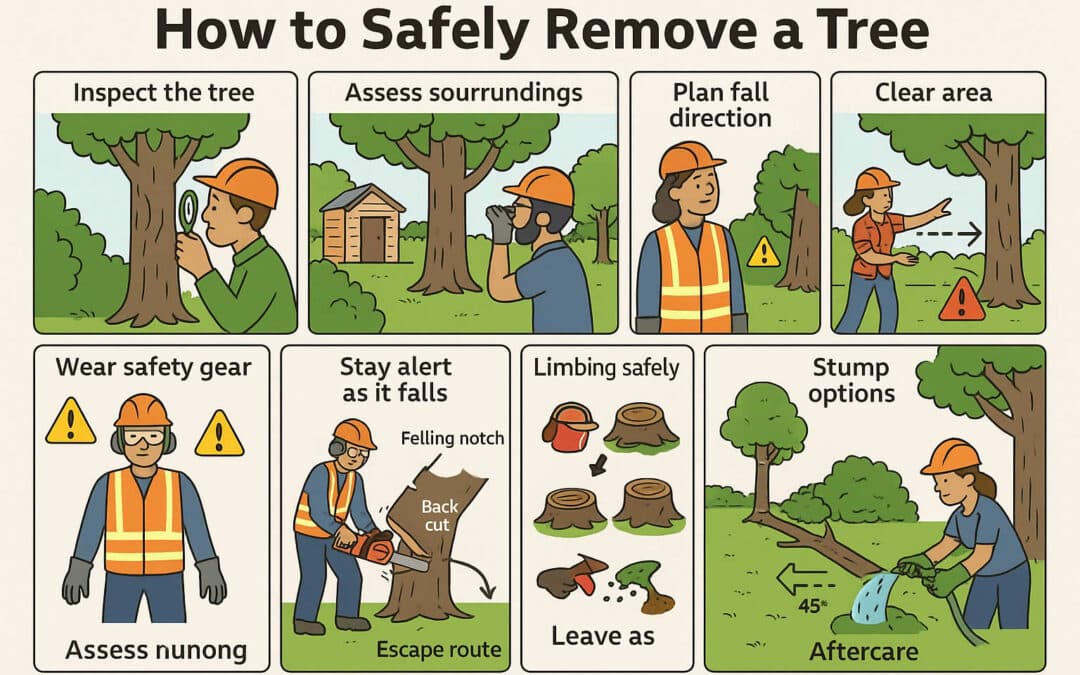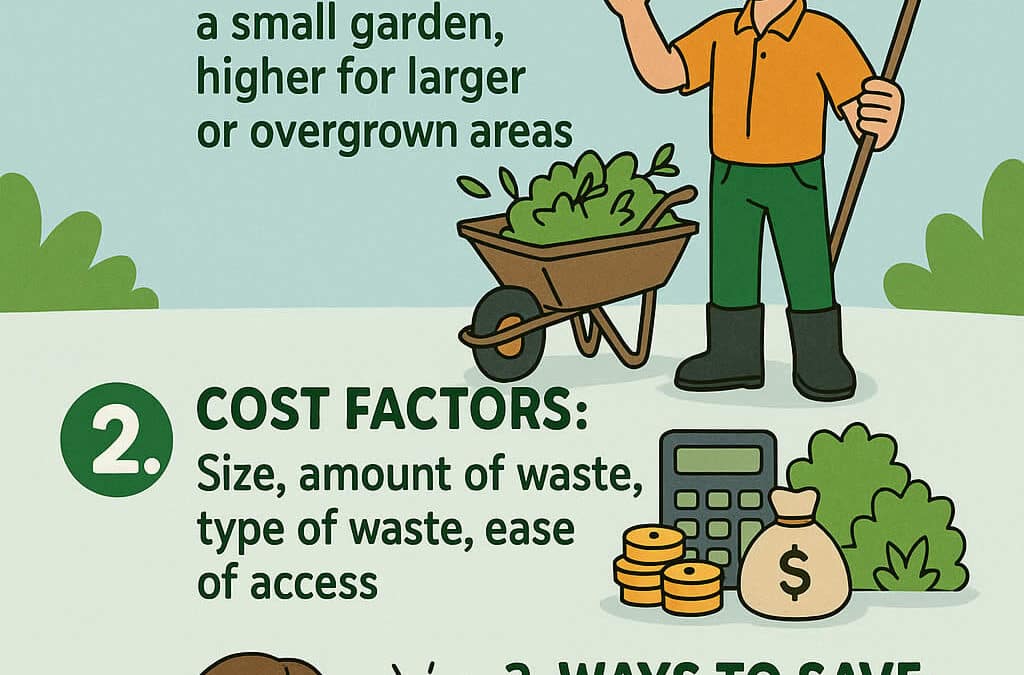Proper apple tree trimming can boost fruit production and help trees resist infections. That’s right! Smart pruning doesn’t just shape trees – it improves air circulation and helps trees produce more tasty apples.
The best time to trim apple trees is during winter, from November to early March while trees are dormant. This dormant period lets us see the tree’s structure and make accurate cuts. But we should be mindful of how much we remove. The rule of thumb suggests limiting pruning to 20% of the tree yearly to prevent excess stem growth that could reduce fruit production.
The perfect branch cut should be about 1/2 cm above a bud that faces your desired growth direction, with a slight angle to let water run off. Winter pruning helps maintain a vital pyramidal shape with a central leader. This shape allows sunlight to reach the lower branches and enhances fruit quality.
This piece covers everything about trimming apple trees – from tool selection to making those essential cuts. Let’s create healthier trees and better harvests together!
Understanding Why and When to Trim Apple Trees
Apple tree pruning does more than just control tree size. A well-pruned apple tree resists infections better through improved air circulation and develops a balanced structure that supports fruit-bearing branches.
Benefits of pruning for tree health and fruiting
Regular pruning shapes the crown into an open-centered goblet that lets sunlight reach every part of the tree. The improved light penetration helps fruits develop and ripen with better color. Good airflow through the canopy cuts down moisture buildup and reduces the risk of fungal infections and airborne diseases.
Pruning your apple trees directs the tree’s energy to the right places – either toward strong growth or fruit production. Apple trees naturally grow to reproduce themselves, but this doesn’t always give you the best quality fruit or the healthiest tree structure.
Best time to prune: winter vs. summer
Winter and summer pruning each serve unique purposes. Trees pruned during their dormant period (November through early March) grow vigorously the following spring. Young trees benefit from this timing, especially when you need to stimulate new growth and more flowers that boost fruit production.
Summer pruning limits growth and works best for trained forms like cordons, espaliers, and fans. Pear trees need pruning from late July, while apple trees need it from mid-to-late August. This timing lets light reach ripening fruit and keeps the tree from growing too strong. Tree experts often say “Winter pruning for wood, summer pruning for fruit.”
How to trim apple trees in winter safely
Your winter pruning should remove just 10-20% of the overall canopy. Taking off more can trigger excessive growth of strong upright branches called watershoots that crowd the crown. Remove dead, diseased, or damaged wood first, then cut out crossing branches and those growing toward the center.
Clean cuts should be about 1/2 cm above an outward-facing bud, slanting away from the bud to stop water from collecting and causing rot. Take steps back often to check your progress toward that ideal open goblet shape with main branches spreading evenly from the trunk.
Getting Started: Tools and Tree Structure Basics
Quality tools and a good understanding of simple tree structures will lead to successful apple tree trimming. Sharp tools create clean cuts that heal quickly and keep trees healthy. Poor quality tools leave rough edges where pests and diseases can enter.
Essential tools for trimming apple trees
You’ll need these tools to prune effectively:
- Bypass secateurs/hand pruners for branches up to 1 inch thick—these create cleaner cuts than anvil-style pruners
- Bypass loppers for branches up to 2 inches in diameter
- Pruning saw for larger branches—high-quality saws like Japanese Silky saws cut through thicker limbs quickly
- Pole pruner for reaching higher branches without a ladder
- Eye protection and gloves to prevent injury
Sharp blades help trees heal faster and make your tools last longer. Most home growers need to sharpen their tools once or twice a year.
Understanding central leader vs. open center
Apple trees grow in two main structural forms:
The central leader system uses a single, dominant vertical trunk with lateral branches in tiers. This structure creates a stronger framework that holds heavier fruit loads, improves cold hardiness, and can extend the tree’s productive life. In fact, 99% of resources recommend this structure for apple trees.
The open center (vase or goblet) approach takes out the central leader and creates a hollow core with several framework branches that spread outward. Sunlight and air move through the tree better, which makes pruning and harvesting more available.
How to trim apple tree branches correctly
Clean cuts at a 45-degree downward-facing angle about 1/2 cm above an outward-facing bud work best. Water runs off these angled cuts easily and prevents rot and disease. The cuts should slant away from the bud so water doesn’t collect around it.
Branches near the trunk need cutting just above the branch collar (the swelling at the branch base). The cuts should always go back to a side shoot or fruiting bud to avoid leaving stubs that might invite disease.
Step-by-Step Guide to Trimming Apple Trees
Let’s head over to the actual process of trimming apple trees step-by-step. A methodical approach will give a healthy and productive tree for years.
Step 1: Remove dead, damaged, or diseased wood
Start by identifying and removing dead, diseased, or damaged branches. Dead wood breaks easily due to brittleness, while diseased wood looks discolored compared to healthy branches. You should remove these branches completely by cutting back to healthy wood. Clean your tools with disinfectant between cuts to prevent spreading infections when pruning diseased wood. Pay special attention to canker, which commonly affects older trees, and mummified fruit that can harbor diseases like brown rot.
Step 2: Identify and prune competing leaders
The tree should have one dominant central leading branch growing vertically from the trunk. Select the healthiest, straightest leader that best arranges with the tree’s balanced shape if you notice multiple leaders forming a V-shape. Remove competing leaders completely to prevent future splitting that could occur during heavy winds or under fruit weight.
Step 3: Shape support branches for balance
Choose 4-5 well-spaced main support branches that spread outward from the trunk like a star from above. These main branches should keep a 45-50 degree angle from the trunk. Remove one branch if two support branches grow too close together to maintain proper spacing (approximately 50-60cm between branches). These support branches are the foundations of the tree’s fruit production framework.
Step 4: Cut back inward and downward growth
The next step focuses on branches growing toward the tree’s center that block light and air circulation – remove them. Whatever their size, downward-growing branches need removal since they won’t properly support fruit weight and create obstacles below.
Step 5: Thin out crowded areas and whorls
Whorls form where three or more small branches grow from the same spot. Keep the strongest, healthiest branch and remove others in these crowded areas. This reduces competition for resources and helps remaining branches get proper nutrition to support fruit.
Step 6: Make clean cuts above outward-facing buds
The final step involves shortening branches. Cut approximately 0.5cm (¼in) above an outward-facing bud at a 45-degree angle sloping away from the bud. This method encourages growth in the desired direction and stops water from collecting on the cut surface, which reduces disease risk. Note that buds develop into shoots that grow in the direction they face, so pick buds pointing in directions that will maintain your tree’s ideal shape.
Maintaining Tree Health After Pruning
Your apple tree needs proper maintenance after pruning to run on healthy growth and produce lots of fruit. We understand that balancing growth and fruit production helps maintain tree health over the years.
How much to prune each year
The golden rule says you should remove only 10-20% of the overall canopy each year. This balanced approach prevents stress and encourages healthy growth. Mature trees that need renovation can handle up to 25% canopy removal. Better results come from spreading major pruning work across two to three years. The tree wastes energy making new branches instead of fruit if you remove too much at once.
Avoiding common mistakes like over-pruning
Over-pruning apple trees stands out as one of the most common mistakes in tree trimming. Taking off more than a third of the tree at once leads to:
- Less growth and fruit production
- Too many unproductive branches growing back
- A weak tree structure that gets sick easily
There’s another reason people make mistakes – they prune at the wrong time of year. Winter pruning works best, but early pruning can cause frost damage. Late pruning might slow down growth. Using dull or dirty tools will damage your tree and make it more likely to get sick.
Monitoring regrowth and managing watershoots
Keep an eye on watershoots after pruning. These straight-up branches grow from main limbs without producing fruit. Your tree makes these shoots to balance itself after heavy pruning.
You can manage watershoots by:
- Taking them off as soon as they show up in late spring or early summer
- Pulling them by hand before they reach 12 inches
- Cutting back watershoots by a third to encourage branching if they’re filling gaps
Summer pruning helps trees that keep making too many watershoots even with light pruning. This method uses up the tree’s energy and reduces its vigor.
Our Final Say!
Proper apple tree trimming can revolutionize ordinary gardens into productive orchards. This piece shows how careful pruning shapes trees and boosts their health and productivity by a lot. It’s worth mentioning that the 20% rule helps avoid stress and encourages optimal fruit development.
Major structural pruning works best in winter. Trees show exactly what needs attention at the time, and precise cuts won’t harm the growth cycle during dormant months. Summer pruning also helps control excessive growth and lets light reach ripening fruit.
Success in apple tree trimming depends on having the right tools. Clean, sharp tools create smooth cuts that heal quickly and prevent disease and pest problems. The choice between central leader or open center will guide pruning decisions for years to come.
A step-by-step process will give a great outcome. Start by removing damaged wood, then address competing leaders. Next, shape support branches, remove inward growth, and thin crowded areas. Make precise cuts above outward-facing buds last. This method creates trees that balance beauty with bounty.
Monitoring regrowth after pruning is crucial. Watershoots tell us the trees might need different care next season. Regular checks help catch issues early so we can adjust our approach.
This knowledge helps us work on our apple trees confidently. Careful trimming leads to healthier trees, bigger harvests, and the joy of growing perfect apples. Patience and consistency create the sweetest results—both literally and figuratively—in caring for these wonderful fruit trees.
Tree Surgeon Oldbury – Tree Surgeon Park Village – Tree Surgeon Bishops Wood


